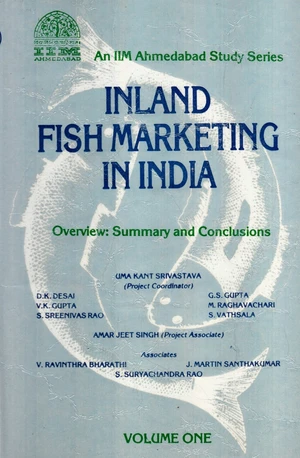Veterinary pathologists are doctors of veterinary medicine who specialize in the diagnosis of diseases through the examination of animal tissue and body fluids. Like medical pathology, veterinary pathology is divided into two branches, anatomical pathology and clinical pathology. Veterinary pathologists are critical participants in the drug development process. Anatomical pathology ( Common wealth) or Anatomic pathology (U.S.) is concerned with the diagnosis of disease based on the gross, microscopic, and molecular examination of organs, tissues, and whole bodies (necropsy). The Indian, European, Japanese and American Colleges of Veterinary Pathologists certify veterinary pathologists through a certifying exam. The American College of Veterinary Pathologist certification exam consists of four parts - gross pathology, microscopic pathology, veterinary pathology (a review of the current literature), and general pathology. Only the general pathology section is shared between the anatomic and clinical pathology examinations. Anatomic pathologists are employed in a number of different positions, including diagnostics, teaching, research, and the pharmaceutical industry. Clinical pathology is concerned with the diagnosis of disease based on the laboratory analysis of bodily fluids such as blood and urine, using the tools of chemistry, microbiology, hematology and molecular pathology. The Indian, European, Japanese and American Colleges of Veterinary Pathologists certify veterinary clinical pathologists. The American College of Veterinary Pathologists certification exam consists of four parts: General Pathology (shared with the Anatomic Pathology certifying examination), Cytology and Surgical Pathology, Hematology, and Clinical Chemistry. The credential, DACVP (Diplomate, American College of Veterinary Pathologists) is usually followed by a parenthetical notation of (Clinical Pathology) to distinguish DACVP counterparts certified for anatomic pathology.
Price history
Nov 19, 2022
€434.35

